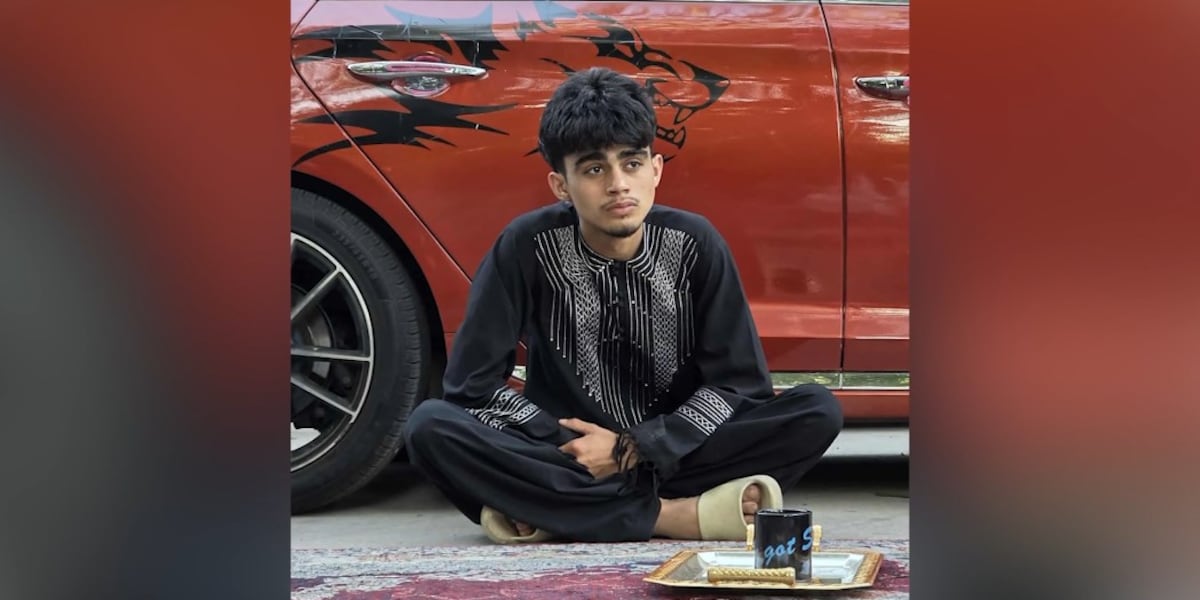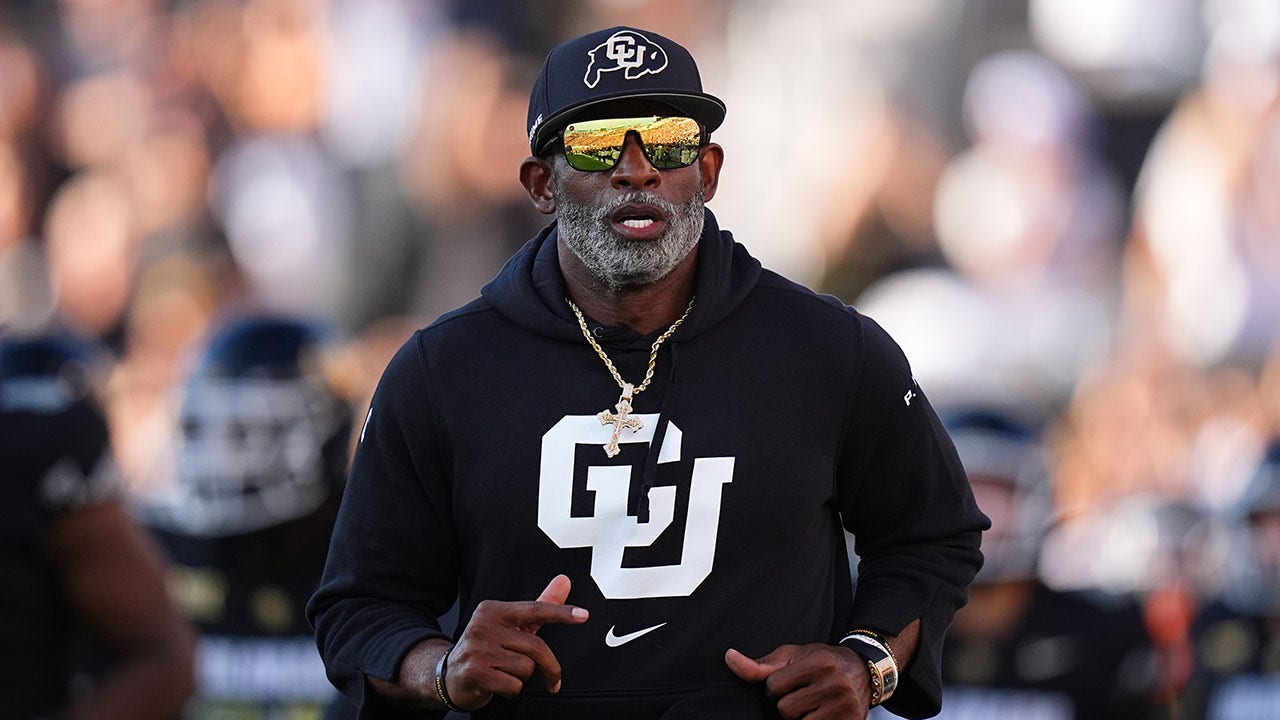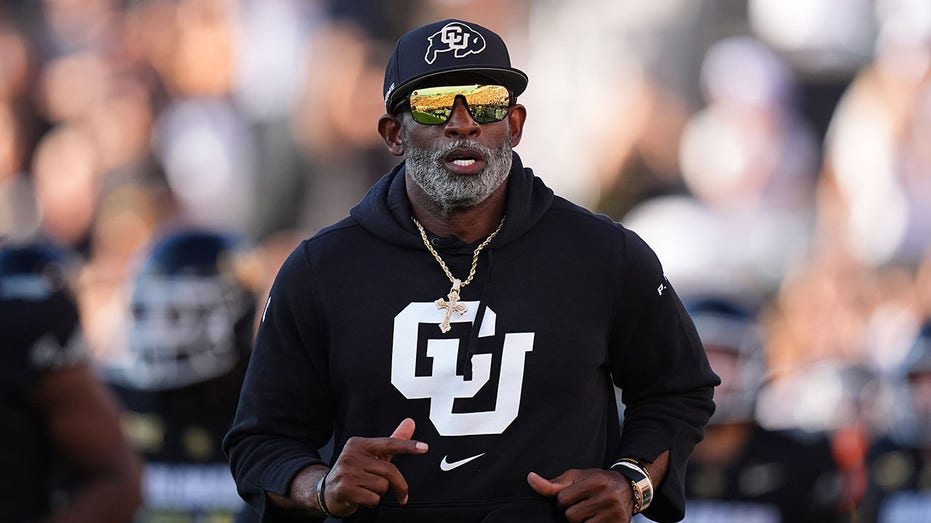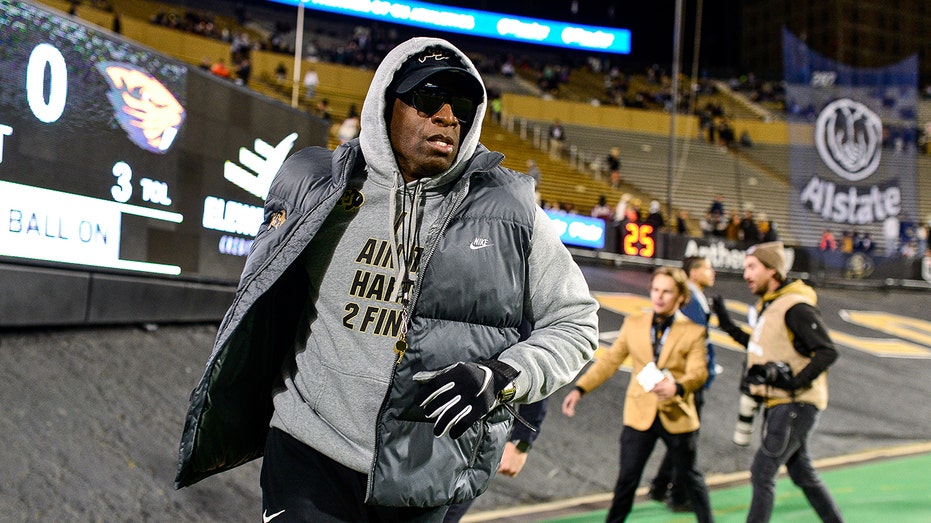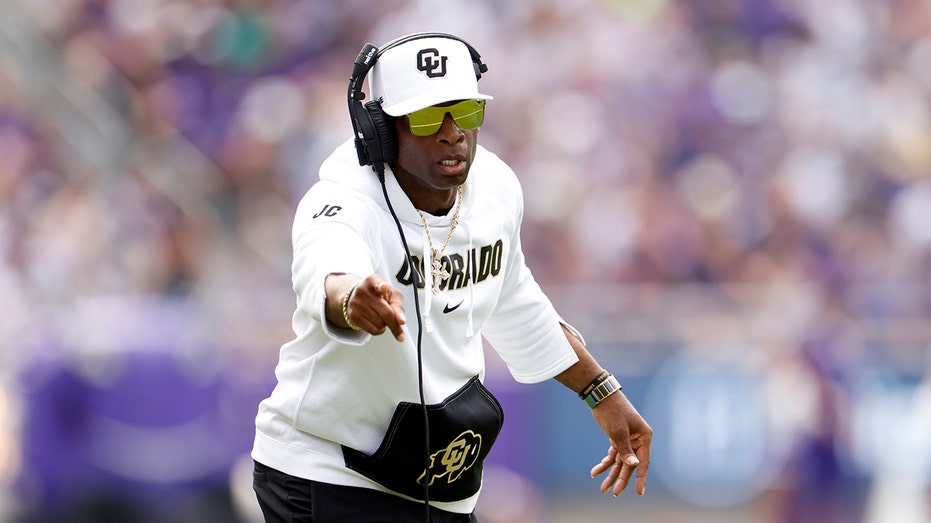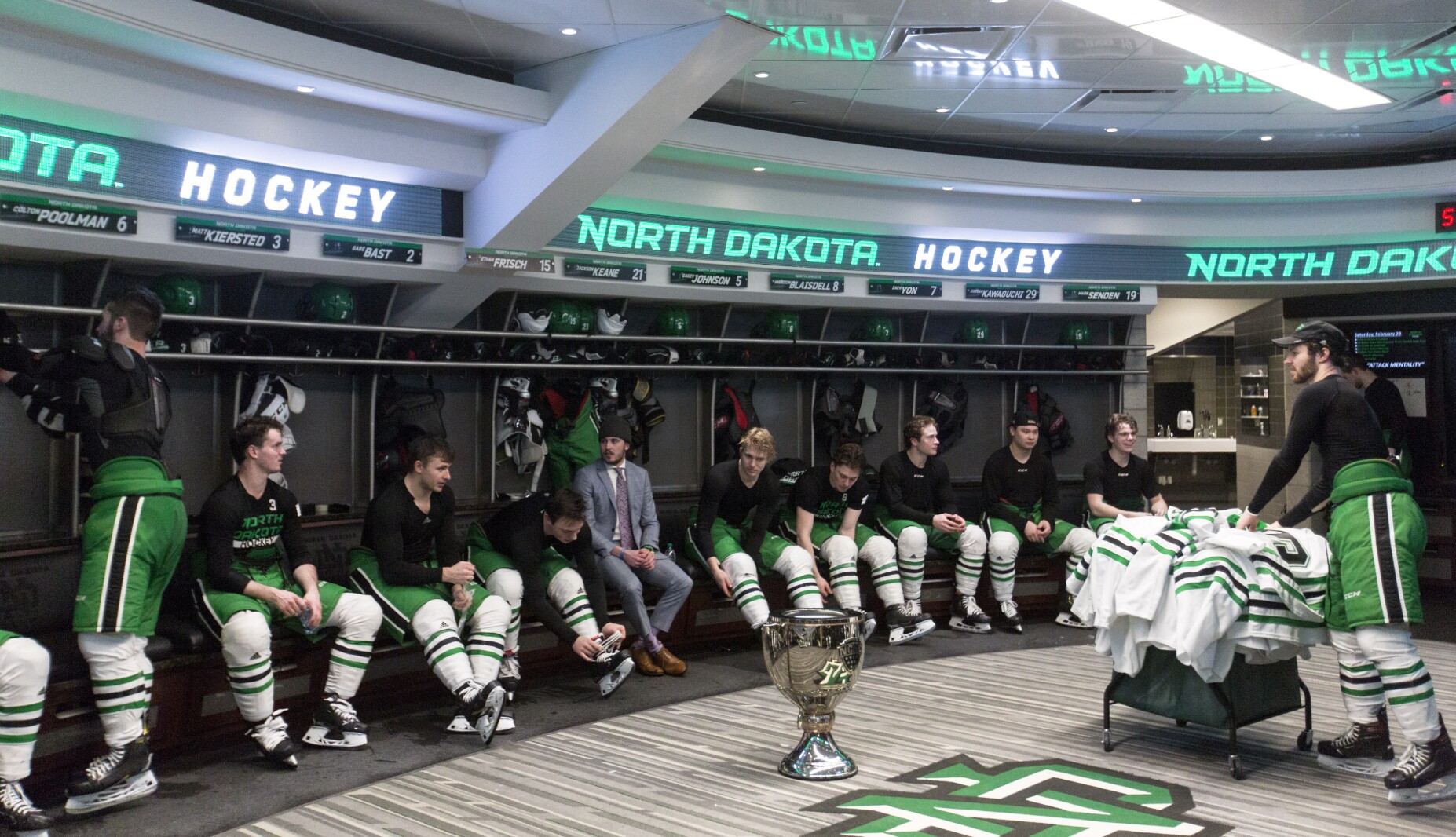GRAND FORKS — When the NCAA announced a rules change last November that would allow Canadian Hockey League players to retain college eligibility for the first time in decades, the Medicine Hat Tigers were on a nine-day road trip.
They played five games in 11 days.
Star prospect Gavin McKenna had virtually no opportunity for practices or workouts due to the bus rides and games.
It was way back then — long before he started fielding six-figure name, image and likeness (NIL) offers — when the idea of playing college hockey began to become real for McKenna and those close to him.
McKenna largely pushed his NCAA recruitment aside during the season, keeping his focus on winning a championship with Medicine Hat.
After the season ended June 1, McKenna did four Zoom calls, made two on-campus visits and ultimately announced Tuesday on ESPN’s SportsCenter that he will play for Penn State this fall.
The ensuing swarm of media coverage has been focused on McKenna’s NCAA hockey-record NIL deal. The Herald confirmed with sources that the deal hit at least $500,000.
Penn State also had the largest offer.
But McKenna’s decision to leave the CHL for college was about much more than NIL.
NCAA athletics programs have been in an arms race for more than two decades now.
College teams build their rosters entirely through recruiting. They have to convince the best players to come to their school.
To do that, they try to offer players what they want — the best life experience possible and a developmental infrastructure to help them achieve their goals beyond college.
Schools have invested big money to try to one-up their rivals.
In the National Collegiate Hockey Conference, Omaha and Colorado College have built new arenas in the last 10 years. St. Cloud State (2013), Miami (2014), Denver (2018) and North Dakota (2014 and 2022) have had multi-million dollar renovations recently.
Minnesota Duluth’s arena is only 15 years old. Western Michigan has a new one on the way.
The arms race goes beyond arenas.
North Dakota, for example, has a nutrition program and a cook at Ralph Engelstad Arena to make meals for the players. It has a sleeping area, a cryo chamber, a hot tub, a cold tub, a sauna, one of the largest high-altitude training rooms in the world, a puck-shooting room and a state-of-the-art weight room.
UND has a sports scientist, a strength coach, a sports dietician, a sports psychologist and academic advisors on staff.
“Let’s face it,” Sportsnet’s Kyle Bukauskas said on the ’32 Thoughts’ podcast last month, “in Ottawa, where I live, there’s a lot of North Dakota alums that play there now. What they had at NoDak, it was a step down in terms of facilities and resources going to the NHL. And that’s not a shot at Ottawa. That just speaks to the different world that a place like the University of North Dakota hockey setup is compared to everything else. You can’t think of ‘How can we compete with it?’ Because you’re not going to get very far there.”
UND has two or three bus trips in the NCHC. The rest of the time, it travels by charter airplane. The players are often home after games by 1 a.m., even if they’re playing across the country.
Not every college hockey team charters flights to road games, but the traditional powerhouse teams do.
CHL teams, on the other hand, largely build their rosters through drafts.
Sure, at times, they recruit against the NCAA and United States Hockey League for players, but their rosters are draft-based and trade-based.
Medicine Hat did not have to win a fierce recruiting battle for McKenna. The Tigers had the No. 1 pick and drafted him. Erie did not have to win a recruiting battle to get Connor McDavid. They drafted him.
The CHL has benefited from a system that keeps players there, too.
CHL players don’t become free agents. They can’t tour the league and pick their favorite spot. They can’t advance to the American Hockey League until age 20 (or if they’ve played four years in major juniors). They’ve been ineligible for college.
There haven’t been many viable alternatives for those who can’t make the NHL as teenagers — and very few can.
So, there hasn’t been a need for an arms race in junior hockey — nor is it set up to handle one.
NCAA hockey teams are less like traditional hockey teams and more like massive academic institutions that sponsor athletics. They have dozens of people who raise funds from thousands of donors for the university and its athletic department. State schools receive state funding, too, and are non-profit organizations.
Funding for junior hockey teams is up to the owner or ownership group. People aren’t keen to donate money to owners.
As the arms race ignited in college athletics, it has lapped the CHL in a lot of areas.
When CHL players come on college visits, they are blown away by the setups. Few, if any, CHL players who take college visits are opting against the college route.
In February 2012, after UND lost a few high-profile committed recruits to the CHL, former UND head coach Dave Hakstol told the Herald the NCAA should examine the possibility of opening up the CHL. Hakstol felt, with all of UND’s amenities, he would be able to lure top CHL players to Grand Forks.
Almost nobody in the NCAA backed Hakstol and there was no serious discussion about it.
But Hakstol was right.
And in Year 1 of the CHL being open, UND will have a first-round pick (Cole Reschny) and a future first-round pick (Keaton Verhoeff) on its roster from the CHL.
The buzzword you’ll hear from both sides is “development.”
For decades, CHL personnel and fans proclaimed it was the best developmental league in the world, the only place for high-end future stars, and many scoffed at people who suggested that top players could develop just fine in college.
That should have ended when Jonathan Toews, the No. 1 overall pick in the Western Hockey League Draft, opted to go to UND, was a captain in the NHL at age 19, won three Stanley Cups, two Olympic gold medals and became the youngest member of the Triple Gold Club in hockey history. But it didn’t.
There will continue to be arguments and debate about which route is best — even though players don’t have to choose, they can do both.
It will come back to “development.”
So, what makes a place ideal for development? It’s coaching, competition and resources.
There are terrific coaches at both levels.
The competition is tougher in the NCAA — the players are older and stronger. Last year, Alex Weiermair tallied two points in nine games at Denver and was healthy scratched at times. He went to the CHL midseason and averaged more than a point per game. Meanwhile, McKenna had 129 points in 56 games. What good is going back to that league for him? He’s outgrown it.
When it comes to resources, the college athletics arms race has pushed NCAA teams way beyond the CHL — and it’s not just the traditional powerhouses. Bemidji State has tremendous training facilities. Sacred Heart has one of the nicest arenas in the country. Canisius shares facilities with the Buffalo Sabres.
This week, Sportsnet’s Sam Cosentino made another age-old argument in support of staying in the CHL over playing college hockey: “I think it’s important you get as many games as possible at this age.”
But fewer are thinking that way.
McKenna played 86 games last year and rode a bus throughout Western Canada. It left little time for practicing and developing strength.
This season, he’ll play around 45 games while he flies charter planes. Utilizing a college strength program will help him at the next level. It’s something that would have benefited Connor Bedard.
There’s another important element about the NCAA and CHL battle that few discuss: The life experience in college is fun. It entails so much more than hockey. You’re on a vibrant campus with thousands of other people your age. You live with your best friends. You have countless options for activities.
Word will soon get back to others in the CHL about the away-from-the-rink college experience and lifestyle.
McKenna’s NIL deal, the hot talking point, is an extreme anomaly. Nobody else is in his ballpark.
If people think CHL players are choosing college strictly because of NIL money, they’re missing the point. It helps. But there’s so much more to it than that.
College hockey teams haven’t spent the last two decades telling everyone they have the best developmental league in the world. They were building the infrastructure to make it so.


